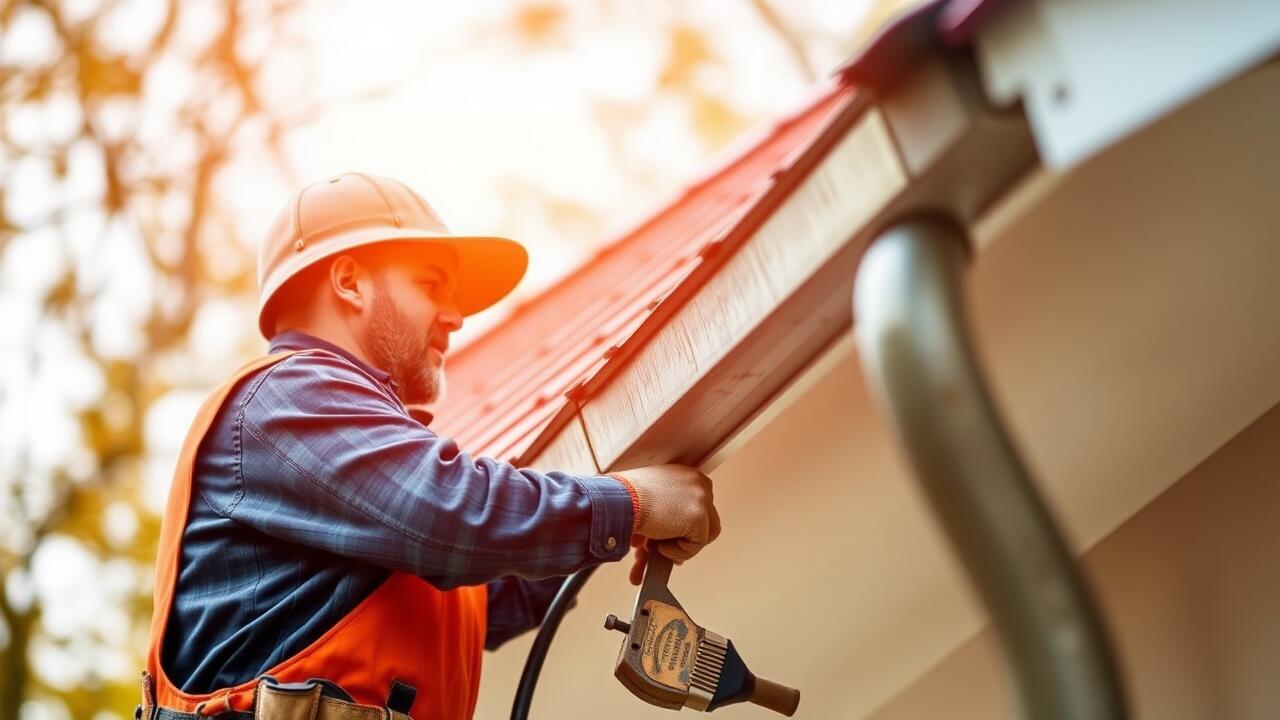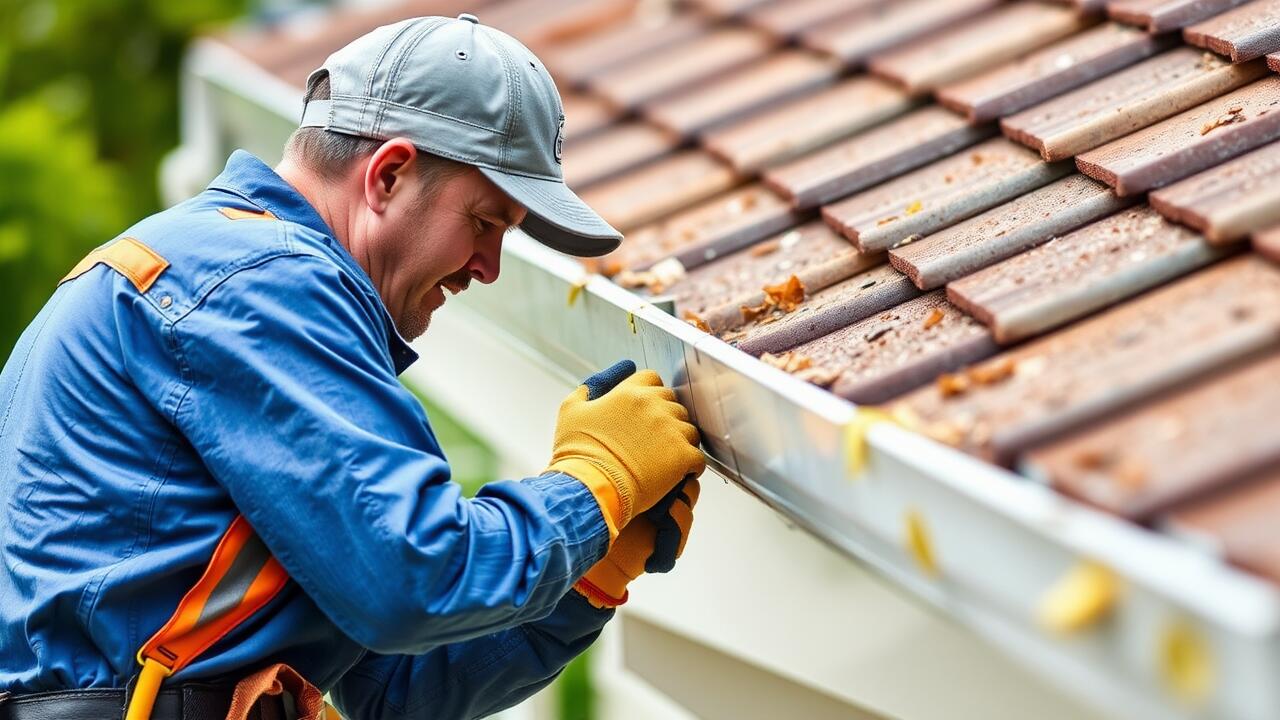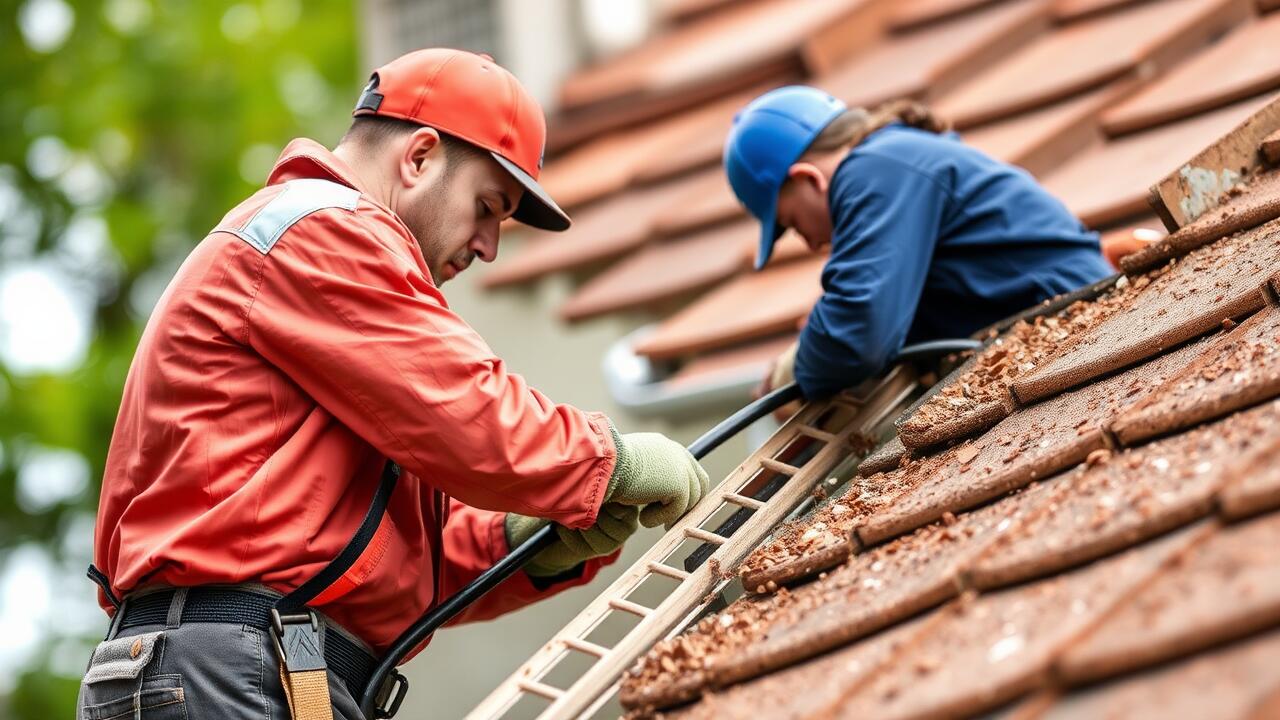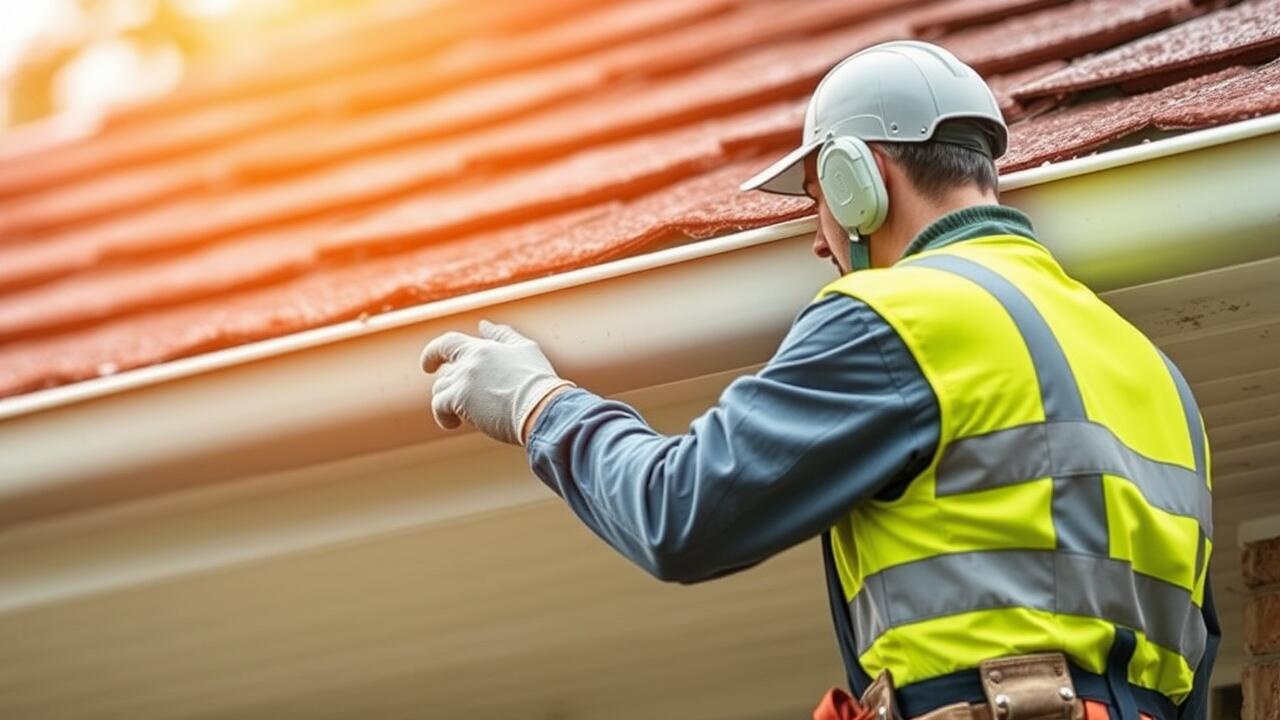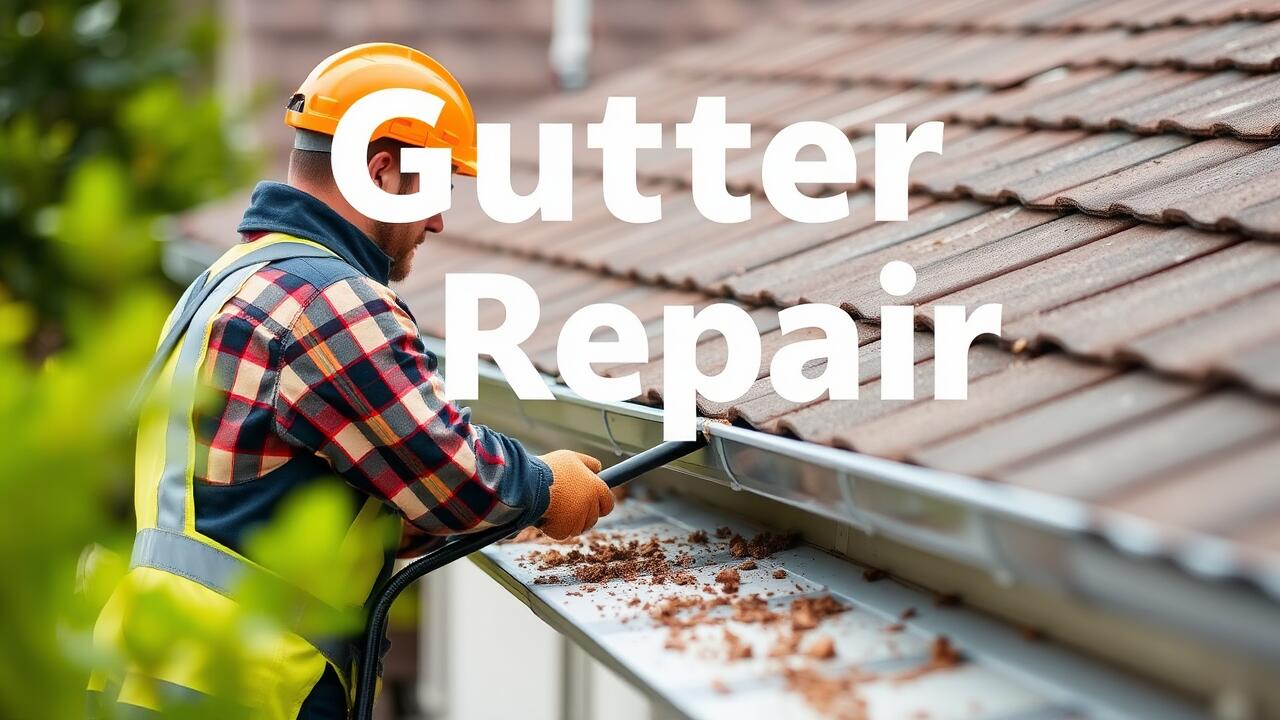
Dealing with Existing Ice Dams
Ice dams can pose significant challenges for homeowners, especially in regions prone to heavy snowfall. When dealing with existing ice dams, it is essential to assess the situation carefully. Immediate steps, such as ensuring proper attic insulation and ventilation, can help minimize the risk of future ice build-up. However, for the current dams, avoid using tools that could damage the roof or gutters, as careful handling is key to preventing further issues.
If the ice accumulation is substantial, consider enlisting professional services. Companies like Greenwood, Seattle Gutter Repair specialize in safe and effective ice dam removal techniques. They understand the risks involved and offer solutions that protect both your roof and gutters from potential damage. Professional assistance can ensure that ice dams are dealt with appropriately, minimizing the risk of leaks or structural problems down the line.
Safe Removal Techniques
When dealing with ice dams, a cautious approach to removal is essential. Avoid using sharp tools or excessive force, as this can damage your roof or gutters. A safer method involves using a roof rake to remove snow from the edges of the roof. Begin at the roof's peak and work your way down, allowing gravity to assist in dislodging snow that may contribute to ice dam formation. If feasible, warm water can be poured onto the ice dam, melting away small areas gradually.
If the ice dam persists or is extensive, seeking assistance from professionals is advisable. Companies like Greenwood, Seattle Gutter Repair offer specialized services to safely remove ice dams without causing further damage. They employ effective techniques such as steam removal or heating cables to clear ice buildup. Engaging experienced professionals not only protects your home but also ensures that the underlying issues that caused the ice dam are addressed.
The Role of Roof Design
The design of a roof plays a crucial role in the formation of ice dams. Roofs with a steep slope tend to shed snow more effectively, reducing the likelihood of ice buildup along the edges. Conversely, roofs that are flat or have a low pitch trap snow, which can lead to melting and subsequent refreezing at the eaves. This process creates conditions ripe for ice dam formation, often leading to water backup that can damage gutters and the structure of the home itself.
Roof materials also impact how snow and ice behave. Asphalt shingles, for instance, may retain heat more than metal roofs, causing snow to melt unevenly. This can exacerbate ice dam problems in areas where runoff freezes quickly. Homeowners facing repeated issues with ice dams might consider consulting professionals, such as Greenwood, Seattle Gutter Repair, to discuss solutions tailored to their specific roof design. These experts can provide recommendations that enhance drainage and reduce the likelihood of future ice-related damage.
How Roof Slope Influences Ice Dams
Roof slope plays a significant role in the formation of ice dams. Steeper roofs tend to shed snow more effectively, reducing the buildup of snow that can lead to melting and refreezing concerns. When snow slides off a steep roof, it typically doesn’t have the chance to accumulate and create the conditions favorable for ice dams. A flatter roof, on the other hand, may retain more snow, especially if the area experiences significant snowfall. This retention can lead to increased heat retention and subsequent melting, ultimately resulting in ice dam formation.
Choosing the right roof design can prevent ice dam issues before they start. Homeowners should consider consulting with experts from companies like Greenwood, Seattle Gutter Repair to determine the ideal slope for their home’s roof based on local weather patterns. By analyzing factors such as location, insulation, and roof materials, professionals can offer tailored solutions that decrease the likelihood of ice dams forming, protecting not only the gutters but the entire roofing structure.
Professional Assistance
When dealing with ice dams, sometimes DIY solutions may not be effective or safe. Professional help can ensure that the situation is handled correctly, minimizing the risk of damage to your roof and gutters. Experts follow specific protocols designed to safely remove ice without causing harm to the structure, ensuring that your home remains intact during the process. If you notice signs of an ice dam forming, acting quickly can prevent more severe issues.
For reliable service, consider reaching out to companies like Greenwood, Seattle Gutter Repair. Their experienced technicians can assess your roof's condition and recommend appropriate measures. They can not only address existing ice dams but also offer preventative solutions to protect your gutters from future buildup. Professional assistance can save time, reduce stress, and protect your investment in your home.
When to Call in the Experts
Recognizing when to seek professional help is crucial in addressing ice dam issues effectively. If ice dams remain persistent despite your best efforts at removal, it may indicate deeper concerns related to your roof or insulation. Damage to gutters or shingles can arise from prolonged exposure to ice buildup. Homeowners should remain vigilant for signs of leaks or structural damage, which warrant immediate attention from experts.
In Greenwood, Seattle Gutter Repair, trained professionals can assess the situation and provide tailored solutions. Their expertise ensures that the underlying causes of ice dams are addressed, not just the visible symptoms. Neglecting these issues can lead to costly repairs and potential safety hazards. Understanding when to call in the experts can save both time and money in the long run.
FAQS
What are ice dams and how do they form?
Ice dams are thick ridges of ice that form at the edge of a roof, preventing melting snow from draining off. They occur when heat escapes from the roof and melts snow, causing water to flow down to the eaves, where it refreezes due to colder temperatures.
How can ice dams affect my gutters?
Ice dams can block the flow of water, leading to potential gutter overflow. This can cause water to back up under shingles, resulting in leaks, water damage, and potential structural issues.
What are some safe techniques for removing ice dams?
Safe techniques include using a roof rake to remove snow from the roof, applying a calcium chloride ice melt in pantyhose on the dam, or using a professional steam removal service. Avoid using hot water or sharp objects, as they can damage the roofing material.
How does roof design impact the likelihood of ice dams?
Roof design plays a significant role in ice dam formation. Roofs with a steeper slope allow snow to slide off more easily, reducing the accumulation that can lead to ice dams. Additionally, proper insulation and ventilation help keep the roof cold.
When should I consider hiring a professional to deal with ice dams?
You should consider hiring a professional if the ice dam is large, if you're unable to safely remove it yourself, or if there are signs of water damage in your home. Professionals have the right tools and expertise to address the issue safely and effectively.
